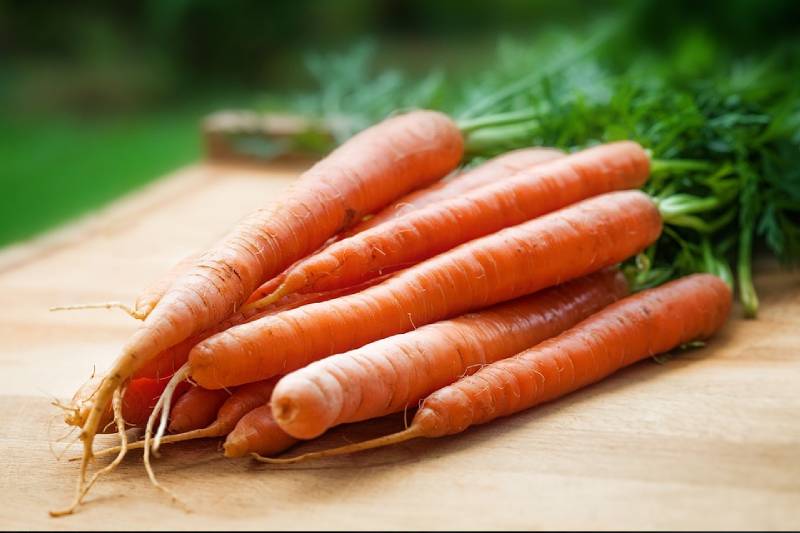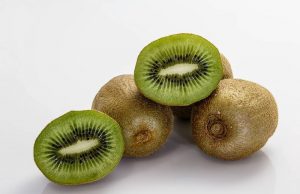Carrot Benefits and Other Information
Are you curious about carrots?
Do you know what those small white spots on their surface mean?
In this article, we’ll answer these questions, share a tasty dessert recipe, and explore the many health benefits of carrots.
Where Did Carrots Come From?
Carrots are among the world’s most popular root vegetables. Usually orange in color, they have been part of global cuisine for centuries. Thanks to their high nutritional value, dietary fiber, antioxidants, and minerals, carrots have become a staple ingredient in countless recipes.
Because they store well and can be processed in many ways, carrots gained popularity quickly after leaving their origins in Iran and Afghanistan. Over time, botanists improved their appearance, flavor, and size. As a result, the modern bright orange carrot we know today first appeared in 17th-century Netherlands.carrot benefits + cake carrot recipe + is it better to eat carrots peeled


Are Carrots a Fruit or a Vegetable?
Many people wonder if carrots are fruits — especially when they hear that tomatoes are technically fruits. However, carrots are vegetables. They grow underground as edible roots, and unlike fruits, they do not develop from the flowering part of the plant. Therefore, you might want to keep them in your veggie drawer, not your fruit bowl.
Key Health Benefits of Carrots
Carrots are loaded with nutrients and provide a wide range of health advantages:
Aid in weight loss
Support cancer prevention
Improve dental health
Boost immunity
Help remove toxins
Maintain digestive health
Relieve menstrual discomfort
Lower blood pressure
Reduce diabetes risk
Stimulate hair growth
Improve skin health
Prevent dryness of the skin
Nutrition Facts (Per 100g of Raw Carrot)
| Nutrient | Quantity | %DV | Nutrient | Quantity | %DV |
|---|---|---|---|---|---|
| Energy | 41 kcal | – | Calcium | 33 mg | 3% |
| Carbohydrates | 9.6 g | – | Copper | 0.045 mg | 5% |
| Sugars | 4.7 g | – | Iron | 0.30 mg | 2% |
| Dietary Fiber | 2.8 g | – | Magnesium | 12 mg | 3% |
| Fat | 0.2 g | – | Manganese | 0.143 mg | 6% |
| Protein | 0.9 g | – | Potassium | 320 mg | 7% |
| Vitamin A | 16706 IU | 334% | Sodium | 69 mg | 3% |
| Vitamin B6 | 0.138 mg | 11% | Zinc | 0.24 mg | 2% |
| Vitamin C | 5.9 mg | 7% | – | – | – |
| Vitamin E | 0.66 mg | 3% | – | – | – |
| Vitamin K | 13.2 μg | 11% | – | – | – |
Carrot Juice and Its Benefits
Carrot juice is a colorful and nutritious way to start the day. Because it is slightly sweet and packed with vitamin A, biotin, and potassium, it makes a perfect drink for breakfast.
Moreover, carrots contain carotenoids — plant pigments that act as powerful antioxidants. These include beta-carotene, lycopene, alpha-carotene, and lutein. Research suggests that diets rich in carotenoids may reduce the risk of eye diseases, heart conditions, and certain cancers, including prostate cancer.
The natural sweetness of carrot juice pairs well with other produce, such as oranges, making it a popular choice in fresh juice blends.
Understanding White Spots on Carrots
White spots on carrots often cause concern, but they are usually harmless. In reality, these spots form when carrots begin to lose moisture.
In the past, some people believed the spots were chlorine residue from processing, but that myth has been debunked. The appearance is simply a sign of drying and does not affect the carrot’s safety or nutritional value.
Should You Eat Carrots Peeled or Unpeeled?
Although carrots are nutritious whether peeled or not, eating them unpeeled preserves more vitamins and phytonutrients. The skin contains notable amounts of vitamin C, vitamin B3, and other antioxidants. Therefore, for maximum benefit, consider enjoying your carrots with the skin intact.carrot benefits + cake carrot recipe + is it better to eat carrots peeled
Easy Homemade Carrot Cake Recipe
(Shortened directions with subheadings for better flow)
Ingredients
2 cups chopped pecans (optional)
1 ½ cups brown sugar
½ cup granulated sugar
1 cup vegetable oil
4 large eggs
¾ cup applesauce
1 tsp vanilla extract
2 ½ cups all-purpose flour
2 tsp baking powder
1 tsp baking soda
½ tsp salt
1 ½ tsp cinnamon
1 tsp ginger
¼ tsp nutmeg
¼ tsp cloves
2 cups grated carrots
For Cream Cheese Frosting
16 oz cream cheese
½ cup butter
4 ½ cups confectioners’ sugar
1 tbsp milk
1 ½ tsp vanilla extract
Pinch of salt
Method
Toast nuts at 149°C for 7–8 minutes. Cool completely.
Prepare pans: Preheat oven to 177°C, grease and line cake pans.
Mix wet ingredients: Whisk sugars, oil, eggs, applesauce, and vanilla until smooth.
Mix dry ingredients: In a separate bowl, combine flour, baking powder, baking soda, salt, and spices.
Combine & fold: Add dry to wet, then fold in carrots and nuts.
Bake: Pour batter evenly into pans. Bake 20–35 minutes depending on pan size.
Cool & frost: Let cakes cool, then frost with cream cheese frosting.



